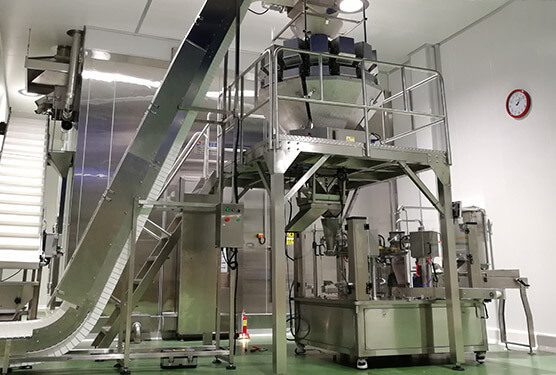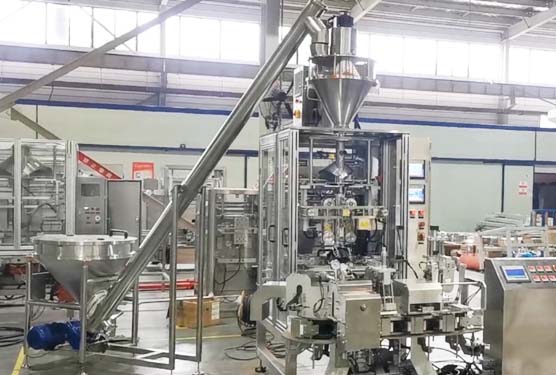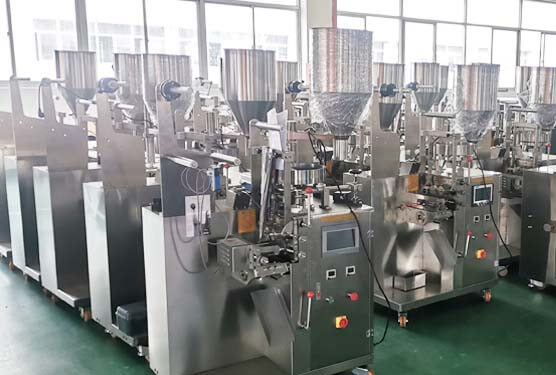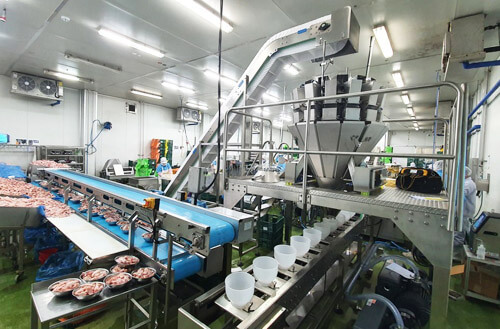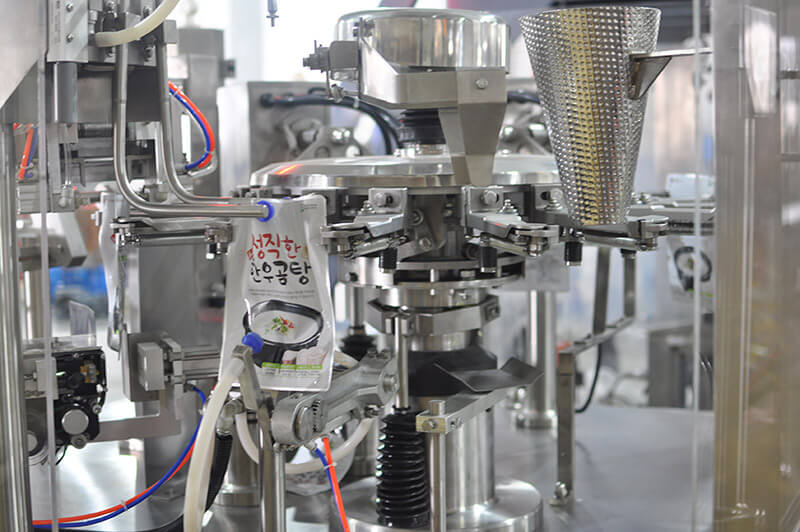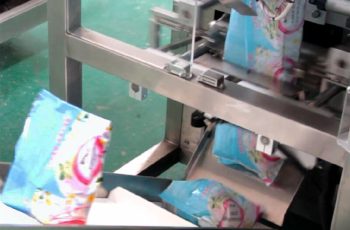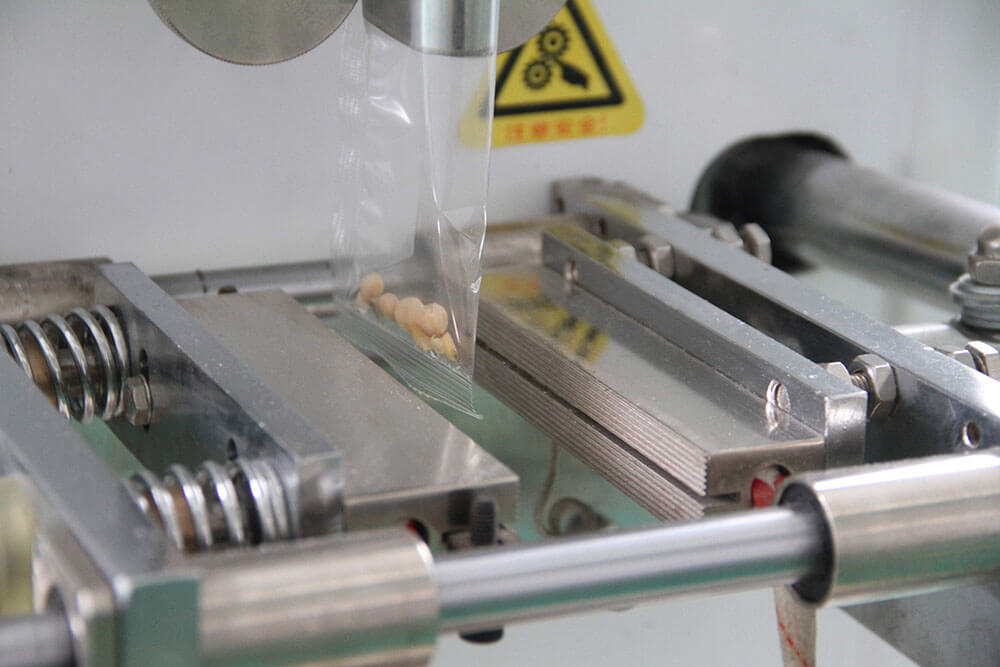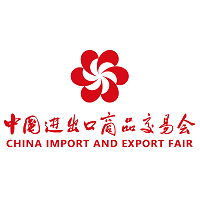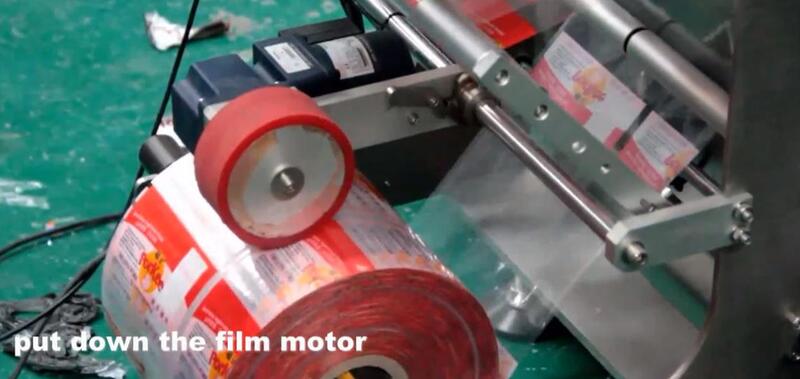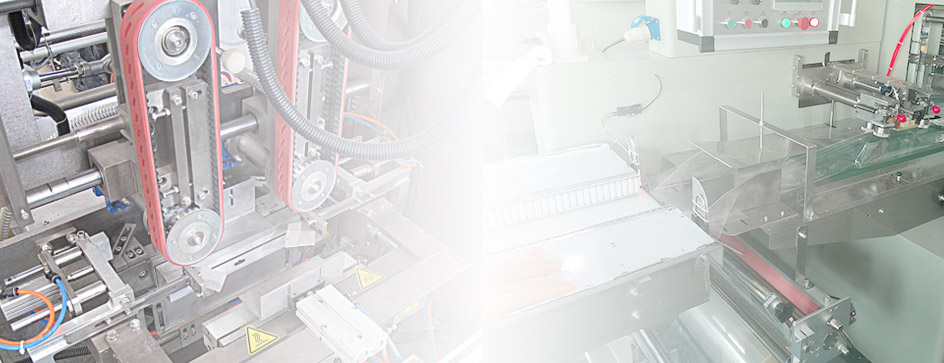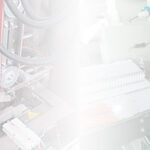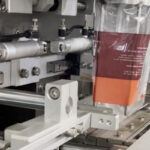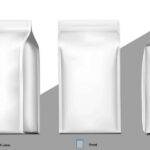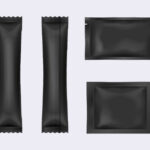Thinking about purchasing a cartoning machine but have no idea about it? No worries! In this article, I will guide you based on my 20 years of experience in the packaging industry. From application to troubleshooting, I have described here everything related to this machine below.
However, cartoning machines come in multiple types with different operating systems. Therefore, it’s best to choose one that matches your production requirements.
What Is A Cartoning Machine?
Whether you work in the food, cosmetic, pharmaceutical, or chemical industry, a cartoning machine is necessary to make cartons to pack and deliver your products. This machine usually creates cartons from preformed cardboard. Basically, the process of a cartoning machine begins by erecting flat cartons into boxes. After that, the product is placed in them and sealed.
Therefore, you can make cartons in different shapes based on the product requirement. The machine fills cartons with different types of foods, beverages, or medical items. Diffirent products will have diffirent features, On average, some devices can finish approximately 150 in a minute, for food based on different feeding system speeds, not over 200cpm. For tablets, the fastest speed is around 500cpm.
What Are The Different Types Of Cartoning Machines?
Let’s see some common types of cartoning machines based on automation and orientation level–
Automatic Cartoning Machine
This machine is operated automatically to create cartons and fill them with products. It can make different forms of cartons at high speed, reduce labor costs, and improve product efficiency.

Semi Automatic Machine
Semi-automatic cartoning machine requires manual intervention for certain steps of the cartoning process. For example, the operator needs to insert products into the carton manually while the machine handles the erection, closing, and sealing of the carton.
However, this machine is less expensive, simple to operate, and has lower production speeds than fully automatic machines.
Difference Between Automatic vs Semi Automatic Cartoning Machine
| Features | Automatic | Semi-Automatic |
| Speed | High-speed operation | Slower |
| Labor | Requires fewer operators | Need more labor |
| Complexity | Advanced | Simple |
| Price | $50K-$200K+ | $10K-$50K |
| Footprint | Larger, needs more space | Smaller and more compact |
| Production Volume | 500-2000+ cartons/hour | 50-500 cartons/hour |
| Maintenance | Specialized technicians for upkeep | Easier to maintain with general technical knowledge |
Vertical Cartoning Machine
A vertical cartoning machine is designed to erect and fill cartons in a vertical orientation. Products are typically loaded into the cartons from above, and the cartons are then sealed. This type is ideal for products with consistent shapes and sizes. Also, it is suitable for delicate and free-flowing products. From dry pasta to rice contents, the vertical machine packs these.

Horizontal Cartoning Machine
This machine operates by loading products into cartons from the side. The cartons are typically pre-formed and opened horizontally before being filled. This type is suited for irregularly shaped items and offers flexibility in packaging various product sizes.

Horizontal Cartoners vs Vertical Cartoners
| Features | Vertical | Horizontal |
| Footprint | Larger | Small |
| Need place | Significant space | Limited place |
| Bags | Jars, pouches, cans, bottles | Sachets, blister packs, tubes |
| Product loading | Bottom | Side, top |
| Speed level | High-speed | Low speed |
| Adjustability | Can hold complex products | Flexible for several product size |
How Does A Cartoning Machine Work?
Cartoning machines follow some steps while operating. For instance–
- Carton forming: First, the machine produces different types, sizes, and shapes of cartons. To do this, you have to put the flat cartons into the magazine manually or automatically. Then, the board is turned into boxes, and the carton is moved to the loading station, ready for product insertion.
- Product feeding: In this section, products are fed into the cartoner automatically, often using conveyor belts or infeed chains. The machine can handle various product sizes and types, ensuring efficient packaging.
- Carton building: It involves the machine opening and standing the carton upright. Then, the vacuum suction cups grip the carton blanks. After that, the machine shape these into a carton box.
- Product placing: Now, products are placed into the erected carton. This is done manually or using a servo-driven inserter, depending on the machine’s configuration. Also, based on the machine type, the products are insert into the carton from the side, or bottom and are securely positioned.
- Carton closing: The cartoner uses a tuck or glue to seal the carton. This way, they ensure the carton is securely closed, protecting the contents during transportation.
- Carton ejecting: This is the final stage, where the sealed cartons are removed from the machine. The cartons can be release manually or move via a conveyor system for further processing.
Application Of Cartoning Machines
Pharmaceutical: Cartoning machines can package a wide range of pharmaceutical and medical contents, such as syringes and blisters. Often, these machines integrate features like labeling and serialization to meet regulatory standards.
Food: In the food industry, cartoning machines are used to pack items like cereal boxes, snack packs, and other consumable goods. Most importantly, they maintain hygiene standards, which is necessary for food packaging.
Beverage: Fortunately, the cartooning machine efficiently packs beverages from bottles to cans. These machines also support several carton types, such as shelf-ready and display cases.
Cosmetics and Personal Care: The machine can be used to pack skincare, makeup, and hair care products. With a cartooning device, you ensure a secure pack for multiple shapes of cosmetic and personal care items.
Household Goods: Do you have a household goods industry? No worries. Cartoning machines can pack different household products, such as detergent.
Electronics: These devices handle everything from small components to larger electronics. Besides, they ensure each item is securely placed and sealed within the carton. This way, cartoning machines save transport and storage while keeping product integrity.
How To Select Cartoning Machine?
Let’s see some of the common ideas for selecting the best cartoning machine for your production factory-
- Type of product: Before choosing a cartoning machine, you should consider your factory’s product type. For example, different products are powder, liquid, and grains.
- Speed request: You have to take into account the speed of the machine, such as how quickly it packages and its per-day capability. Hence, if you have a large company, choose equipment that produces about 50-400 bags each minute. For your small to medium business, select a machine with a speed of production ranging from 20 to 100 products per minute.
- Sealing method: From glue and tuck; there are many sealing methods available. You choose one based on your preferences. For instance, glue seals are strong and tamper-evident. However, tuck-in flaps are simple and cost-effective for lighter items.
- Inside product in order or disorder: Choose a cartoning machine based on how you want it to be arranged. For ordered products, you should purchase a machine with precise, consistent feeding. On the other hand, if you want disordered products, choose a packaging machine with flexible handling capabilities that can effectively manage varying product positions and orientations.
- Continuous: Look for this feature while buying cartoning machine if you have a large production. This machine will work a continuous motion system to form fill, and seal cartons without pausing. It will increase efficiency.
- Intermittent: The ntermittent machine operates in a stop-and-go manner suitable for diverse carton sizes and slower speeds. As this stops during the process, it offers precise for smaller batches or varied products.
- Budget: This is another essential factor to consider while selecting a cartoning device. A healthy budget plan will make your business run smoothly and bring profit. Some of the machine prices start from $1500- $10,500; go with this range if your factory is small. On the other hand, for your big business, choose one costing $23000- $150,000 or more for efficient productivity.
- Online Packaging: Do you want high-speed operations? Then, you should choose online packaging, which means the packaging machine is directly integrated into the production line. So, the products move continuously from manufacturing to packaging without any manual intervention. More specifically, online packaging systems ensure automated flow and rescue handling time.
- Offline Packaging: Offline packaging means using the machines separately from the main production line. In this process, products are transferred manually or via conveyors to the packaging area for processing. With this method, you can have the flexibility to make batch package adjustments without disrupting the main production. Therefore, if you want lower-volume operations, you should choose offline packaging.
- Extra Function Request? For example:
1. Printing content or method: When choosing a cartoning machine, consider whether you need it to print directly on the cartons. Also, look for machines with integrated printing systems or options for external printers. Remember to check for flexibility in printing formats and types to match your product’s needs.
2. Need to insert the leaflet inside the carton or not?
If you want a leaflet inside the carton, check that the machine has these features while purchasing. This is handy for products that require detailed information included with the packaging. So, choose a cartoning machine that can automatically insert leaflets into cartons when needed.
How Do You Troubleshoot The Cartoning Machine?
- Malfunctioning: Often, malfunctions occur due to damaged motors or issues in the power supply.
Fixing: To solve the power issue, inspect the wiring and electrical connections and use a voltage regulator if necessary. Also, check the motor heating level or worn-out brushes. If needed, replace the motors.
- Inseparable carton blanks: When the carton is not positioned correctly or lacks vacuum pressure, it leads to inseparable carton blacks.
Fixing: Check the settings of alignment sensors to ensure proper carton positioning. Also, verify the vacuum pressure works perfectly.
- Inappropriate position of vacuum suction: If the machine’s vacuum suction cups do not ensure proper grip and placenta, this happens for faulty vacuum suction.
Fixing: Look for leaks or blockages in the vacuum cups. If necessary, repair and replace the vacuum system.
- The product can’t feed into the carton properly: Often, feeding problems with the product result from a defect in the sensor or conveyor belt.
Fixing: To solve the feeding issue, ensure the sensors are calibrated and clean. Also, check the belts’ wear and tear and replace them if needed. Sometimes, feed speed and obstruction in the feed path can cause improper feeding.
- Different products/sizes how to change over: To change the different products and sizes you should follow some rules.
Fixing: Check the machine’s manual instructions. Some machines often require adjustment of guides, carton magazines, and tooling. Remember to perform test runs to ensure proper setup.
Conclusion
So, after reading the article, you get the whole idea about the cartoning machines, right? They are popular for their precise and accurate operation, filling, and sealing process. Also, these machines store different product types, such as pouches, jars, tubes, in cartons.
If you have any cartoning machine needs, feel free to contact HonorPack.
FAQs
What is a carton-taping machine?
A carton-taping machine securely seals cartons using adhesive tape, foam, or polypropylene strips. This reduces labor costs and human error by providing consistent and efficient sealing.
What is a carton in food packaging?
A carton in food packaging is a container made from paperboard. It is designed mainly to hold and protect food products. Besides, the carton is lightweight, eco-friendly, and provides a convenient and hygienic way to store and transport food items.

